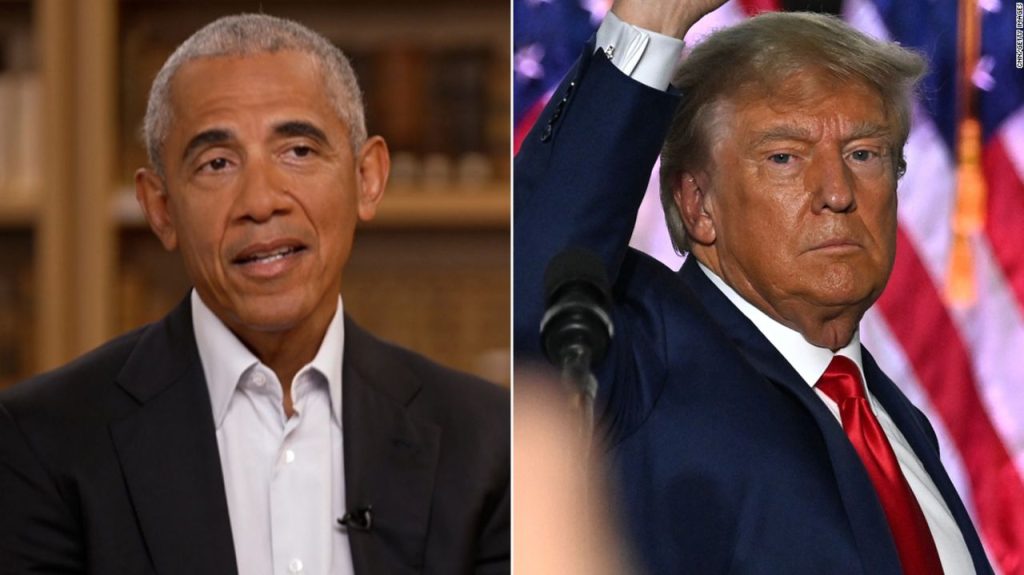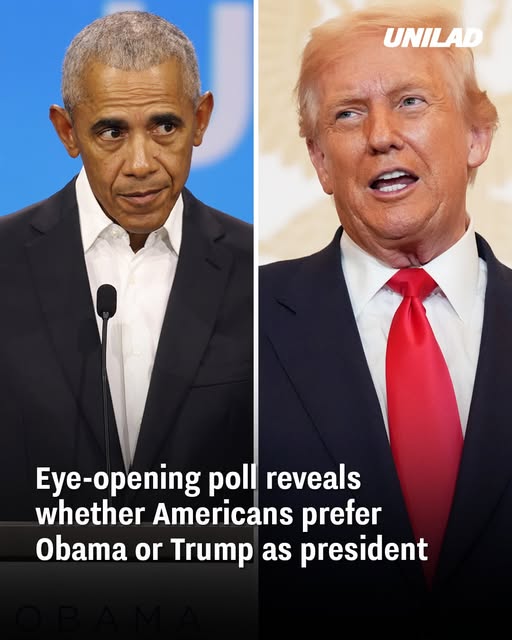A recent national survey has brought to light a fresh snapshot of how Americans view two of their most recent presidents. When asked about their favorability, the 44th president emerged well ahead of his successor. In the poll of 1,005 adult respondents conducted over several weeks this year, 57 percent said they viewed the former president favourably and 40 percent unfavourably, giving him a net favourability of +17. In contrast, 42 percent said they viewed his successor favourably and 57 percent unfavourably, producing a net rating of –15.
What the Numbers Reveal
These figures indicate that the former president retains a notably stronger personal appeal than the current president enjoys at present. While favourability alone doesn’t equate to electoral strength or predict future success, the margin is significant. It shows the enduring resonance of his legacy and the comparatively weaker standing of the current occupant of the office. The poll also ranked other recent presidents: the former president under review here held a higher net positive rating than several peers, while the current president’s standing was among the lowest.

Context and Implications
The timing of the survey is important. With gubernatorial elections underway in key states, party strategists are watching closely. The favourable standing of the former president could serve as a rallying symbol for his party, helping to elevate candidates and boost turnout. For the opposing party, the current president’s unfavourable ratings may pose political risks — from diminished enthusiasm among supporters to greater vulnerabilities in down-ballot contests.
Why the Former President Maintains Strength
Several factors appear to contribute to the former leader’s continuing popularity. Observers cite his charismatic campaign of hope and change, his historically strong electoral performance, and his skillful communication as persisting legacies. His ability to transcend partisan moments and the relatively stable public image he maintained during and after his time in office help explain his enduring favourability.
Why the Current President Struggles
Conversely, the current president is contending with stronger headwinds. The balance between favourable and unfavourable views is tilted toward negative territory, and that suggests broader public unease with his performance, leadership style or image. In a climate of heightened polarization, the current president’s actions and decisions may increasingly dominate public judgment, and his role as the recent occupant of the highest office makes him subject to sharper scrutiny and fatigue.

What It Doesn’t Tell Us
While the poll offers important insights, it is not a predictive tool for elections or a full measure of public opinion. It captures a moment in time and reflects attitudes rather than certainties. A high favourability rating doesn’t guarantee votes, and a negative rating doesn’t automatically equate to defeat. Moreover, the survey asks about general impressions, not specific policy performance, future aspirations or electoral intentions. It also doesn’t reveal how these ratings break down across demographic groups such as age, region or political ideology.
Looking Ahead
As the country moves toward future elections and as both men continue to play influential roles in American politics, these favourability figures may shape narrative and strategy. The former leader’s strong position could be leveraged to influence races, build support and frame his legacy. Meanwhile, the current leader may face mounting pressure to improve public sentiment, refresh his message and reach beyond his base. In a broader sense, the numbers reflect shifting dynamics in the electorate and the enduring power of personal brand in modern politics.

















